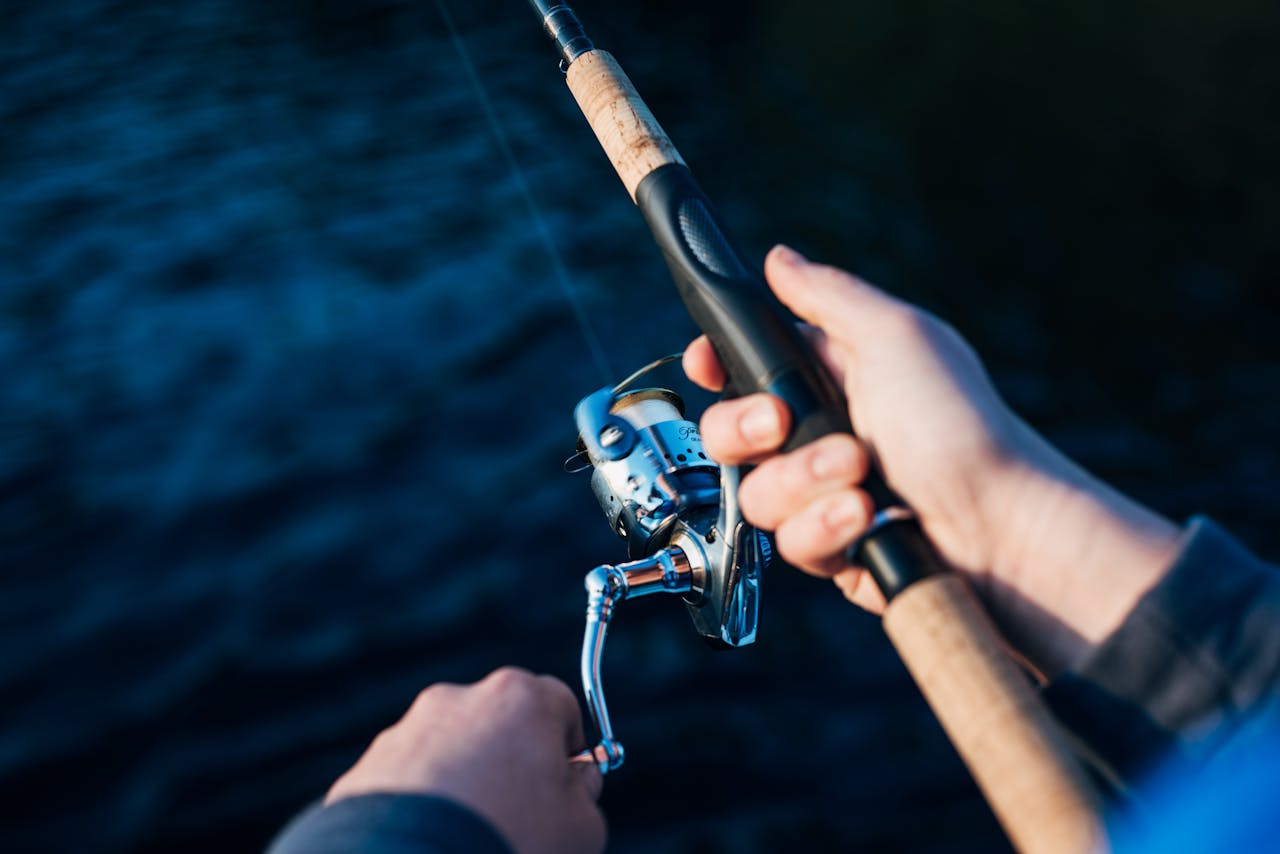Fishing for catfish is a rewarding experience that requires the right equipment and techniques. Alongside your fishing endeavors, maintaining a clean fish tank is essential for those who keep fish as pets. In this comprehensive guide, we will explore effective catfish rigs and provide a step-by-step approach to cleaning your fish tank.
Understanding Catfish Rigs
Catfish rigs are setups designed to optimize your chances of catching catfish. These rigs vary in design and functionality, catering to different fishing environments and catfish species. Here are some popular catfish rigs:
- Slip Sinker Rig: This is one of the most versatile and commonly used catfish rigs. It consists of a sliding sinker, a bead, a swivel, a leader line, and a hook. The sliding sinker allows the catfish to take the bait without feeling the weight, increasing the chances of a successful hookset. This rig is ideal for fishing in rivers and lakes with moderate currents.
- Three-Way Rig: This rig is perfect for fishing in strong currents. It uses a three-way swivel, with one eye tied to the mainline, one to a dropper line with a sinker, and the last to a leader line with a hook. This setup keeps the bait off the bottom and reduces snags, making it effective for catching larger catfish.
- Float Rig: Ideal for fishing in shallow waters or over submerged structures, the float rig uses a float to suspend the bait off the bottom. This rig helps keep the bait in the strike zone of catfish that are feeding at different depths. It includes a float, a stopper, a swivel, a leader line, and a hook.
- Santee Cooper Rig: This rig is designed for fishing in still or slow-moving waters. It combines elements of the slip sinker and float rigs. A peg float is added to the leader line to lift the bait off the bottom, making it more visible and attractive to catfish. This rig works well with live or cut bait.
How to Set Up Catfish Rigs
Setting up a catfish rig involves a few key steps:
- Select the Right Hook: Use circle hooks or J-hooks depending on your preference. Circle hooks are popular for their self-setting capability, reducing the chances of deep hooking.
- Attach the Sinker: Slide the sinker onto the mainline for slip sinker rigs. For three-way rigs, tie the sinker to the dropper line.
- Add Beads and Swivels: Beads protect knots from the sinker’s impact. Swivels prevent line twists and make it easy to change leaders.
- Tie the Leader Line: Use a strong leader line to withstand the catfish’s strength. Attach the leader to the swivel and tie the hook to the end of the leader.
- Incorporate Floats if Needed: For float and Santee Cooper rigs, add the float to the leader line to keep the bait suspended.
How to Clean a Fish Tank
Maintaining a clean fish tank is crucial for the health and well-being of your aquatic pets. Regular cleaning prevents the buildup of harmful substances and keeps the water environment stable. Here’s a step-by-step guide on how to clean a fish tank:
- Gather Supplies: You will need a siphon or gravel vacuum, a bucket, algae scraper, aquarium-safe cleaner, and clean towels.
- Turn Off Equipment: Turn off the tank’s filter, heater, and any other electrical equipment to avoid accidents.
- Remove Decorations: Take out any decorations, rocks, or artificial plants for separate cleaning.
- Clean the Glass: Use an algae scraper to remove algae buildup from the tank walls. Be gentle to avoid scratching the glass.
- Vacuum the Gravel: Use a siphon or gravel vacuum to clean the substrate. This removes debris, uneaten food, and waste that have settled at the bottom. Vacuum about 25-30% of the gravel at each cleaning to avoid disrupting the beneficial bacteria.
- Change the Water: Perform a partial water change by siphoning out 20-30% of the tank’s water into a bucket. Replace it with dechlorinated water of the same temperature to maintain water quality.
- Clean Decorations: Rinse decorations under running water and scrub off any algae or debris. Avoid using soap or detergent, as they can be harmful to fish.
- Filter Maintenance: Rinse the filter media in the siphoned-out tank water to preserve beneficial bacteria. Replace it if it’s worn out or clogged.
- Reassemble and Refill: Place the decorations back into the tank, refill with clean water, and turn the equipment back on.
- Monitor Water Parameters: Use a water testing kit to check the tank’s parameters, ensuring they are within the optimal range for your fish species.
By following these steps, you can ensure a clean and healthy environment for your fish, promoting their well-being and longevity.
Conclusion
Mastering the use of catfish rigs and maintaining a clean fish tank are essential skills for fishing enthusiasts and aquarium keepers alike. The right catfish rig, whether it’s the slip sinker, three-way, float, or Santee Cooper rig, can significantly enhance your fishing success. Meanwhile, a well-maintained fish tank ensures a thriving aquatic habitat. By dedicating time to understand and implement these practices, you can enjoy a rewarding fishing experience and a vibrant, healthy aquarium.
